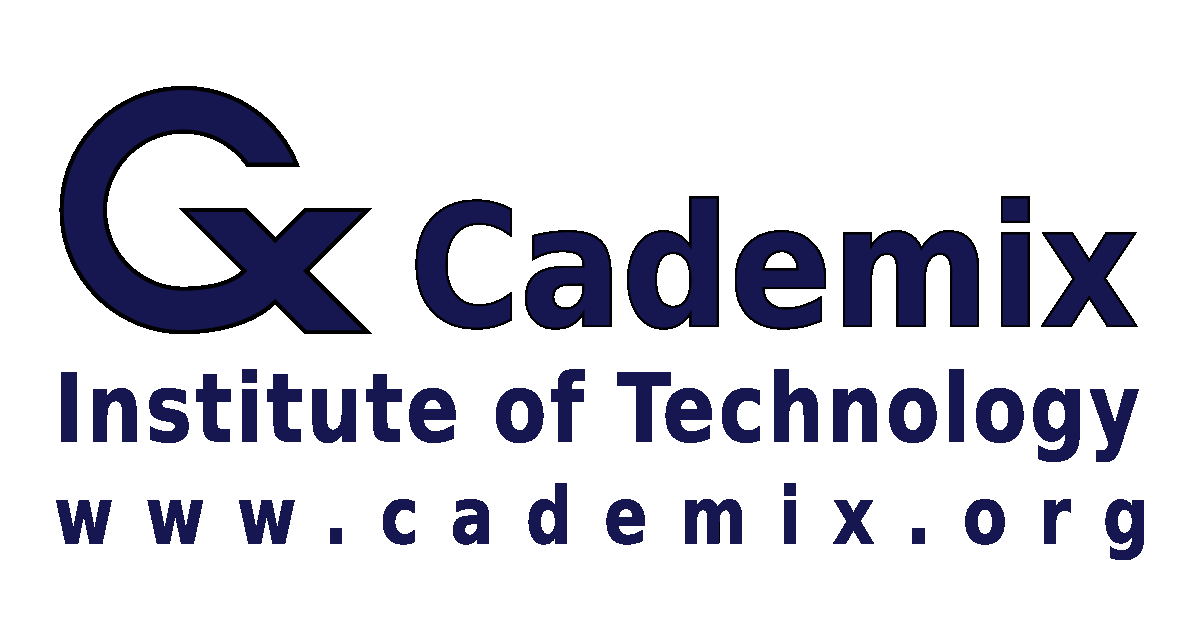Navigating an agile team and maintain your product agility within a non-agile environment, presents both opportunities and challenges. High performance and consistent progress are hallmarks of agile teams, but they can face significant obstacles when operating within traditional, less flexible organizational structures.

Navigating an agile team in a non-agile environment presents both opportunities and challenges. High performance and consistent progress are hallmarks of agile teams, but they can face significant obstacles when operating within traditional, less flexible organizational structures.Serving in an agile team with high performance is both a good and bad thing. Though things may not always be flawless, progress is always assured. More importantly, you are not taking time each day to reconsider the decision that has brought you to this level. Things will never be swift all the time, but that is a product of the world’s turmoil.
When you deal in areas of the enterprise that aren’t agile, challenges arise. You lack the attitudes and versatility that you take for granted. They implement procedures that seem to be intended to delay the project progress because they cannot keep up. As a result, the team’s agility is limited by the lack of agility of those around you.
Remember, the modern workplace comprises people from various generations, each with its own set of workplace values. Some people are adamant that the conventional approach is the most effective way to practice. Meanwhile, the younger generation prefers a more versatile work climate that is more inclined toward ‘agile.’
If you work for a big corporation or in a conventional industry, you’re probably familiar with this feeling:
You’re a firm believer in lean and agile. You are well aware of its significance. You value the knowledge you gain from moving quickly and putting your product through rigorous testing with real customers.
Is someone blocking you?
It’s like dragging a high-end roadster into a massive traffic jam. You know you’re capable of great things, but circumstances outside your control prevent you from doing so.
It’s so annoying and frustrating as well!
What moves should you take?
Often, you may have concluded that the company isn’t the best, and you may decide to move on to another company or product. It should be noted, however, that it will not always be beneficial. Even the tiniest startups, in our experience, are not as lean and agile as you would expect.
First, you need to understand that some sectors are less agile compared to others. Enterprise software, anything involving hardware, highly controlled domains, and more conventional ones like banking, insurance, transportation, healthcare, national security, public sector, and so on are all examples of product domains that are naturally less agile.
So, what are your options? How do you make it to deliver and build an impact without going anywhere else but also without abandoning your values?
Remember that being agile is a state of being rather than a skill. Change is disruptive, which is a positive thing, but not everyone likes change. Recognize that what you’re doing, particularly how you’re doing it, can cause other people and teams problems. Consider it from their point of view. Thus your goal should be to find a solution that can assist them. To achieve your goals, you need to:
Top cover
The top cover is the first thing you’ll need. Thus it would help if you got hold of the most senior person you can to support your agile efforts and publicly pledge their support.
Respect existing process and roles

This is related to the previous issue. You shouldn’t expect the rest of the organization to bend around you just because you’re agile. That is not going to happen. So make a conscious effort to learn how they currently do stuff, as well as how they’ve done it over the previous ten years. It’s good to inquire, “Why is it done that way?” but don’t suggest, “That’s a stupid way of doing it; you should do it this way in the future.”
Use language that your non-agile coworkers can understand
Within your squad, it’s great to use agile terminology (words like “sprint,” “stand up,” and “iteration”), but when speaking with peers outside of your team, make a point of using their usual terminology.
Take things to them before they come to you

Seize the opportunity to ask busy people for time and show up with a demo. Over time, when your team’s work proves its worth, certain people will begin to seek you out.
With a small “a,” be agile : product agility within a non-agile environment
It would help if you always gave people the reason why they should believe in your task completion irrespective of the circumstances. Make tiny, regular adjustments and demonstrate their effect.
Grow organically
Develop along with the project you’re working on. Scale the team carefully, bringing in new people only when their expertise and experience are needed.
Show what you’ve got. Invite people to show-and-tell sessions, do demonstrations whenever possible, give presentations, and print screenshots to hang on the walls. By displaying the object, you are allowing it to speak for itself. That alone will help you get a lot more help. However, you need to give them a chance to express themselves. That is why you should make this phrase be part of your speech, “BUT I STILL NEED HELP….”
Consider the above-mentioned habits as a tool to help you cope with the non-agile work environment, and you will realize that you possess all the zeal that you need to enjoy your work. However, if you still have some questions, feel free to sign in for the Cademix events. Cademix Career Center

